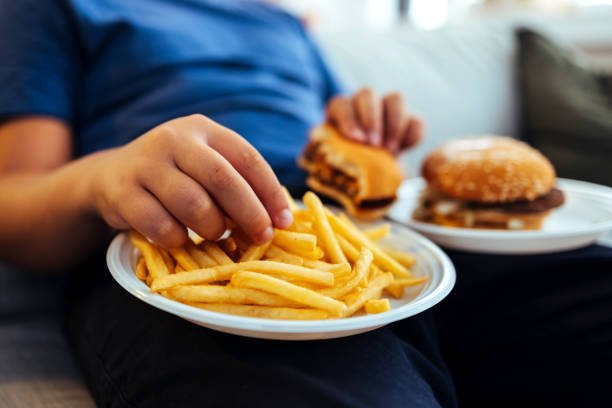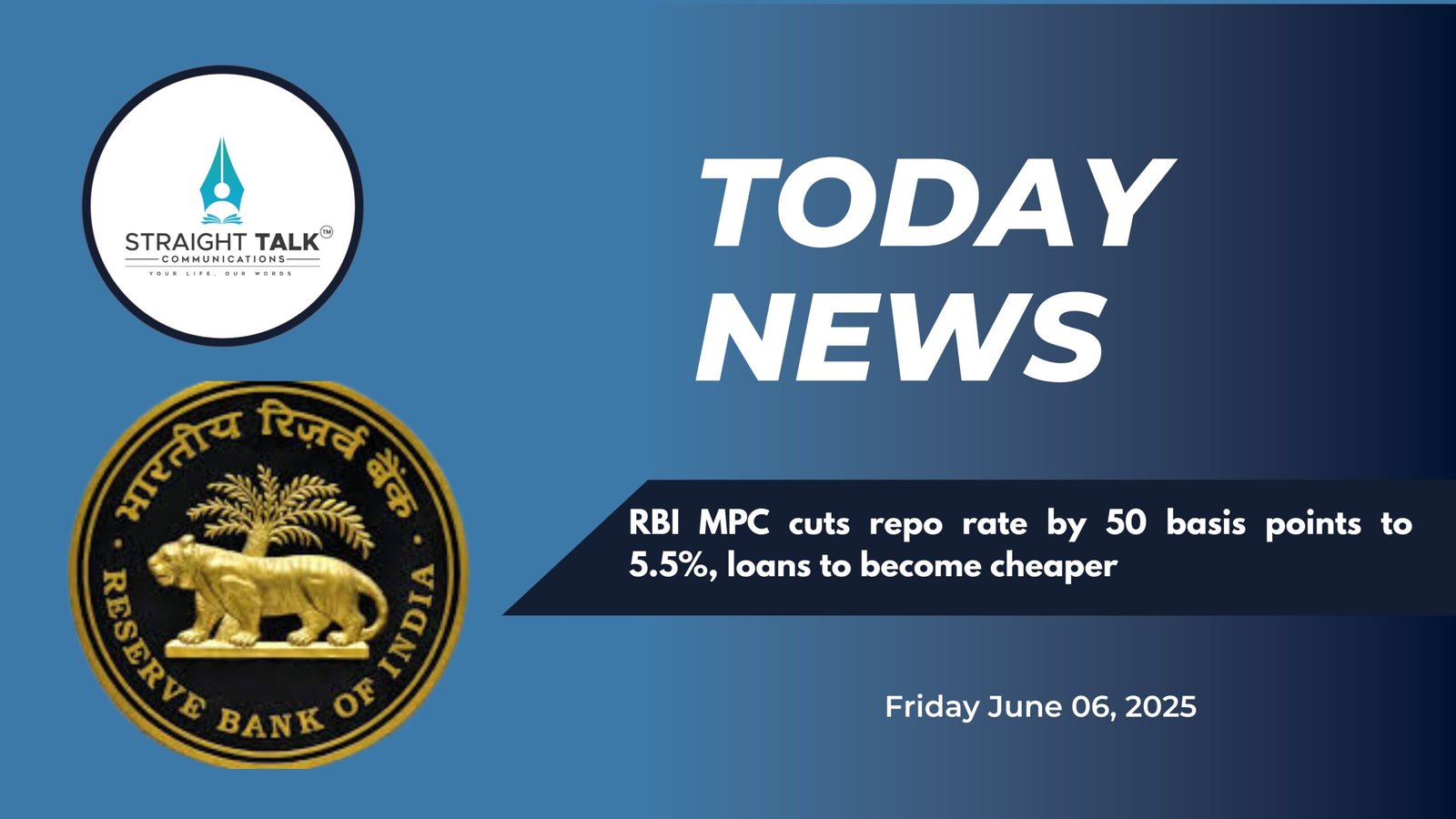Rising unhealthy lifestyle in Kashmiri youth


They have engaged themselves in a battle for healthier future. At the doctor’s clinic in Srinagar, it’s becoming routine. Diabetes in teenagers. Obesity in college students. Heart disease in people under thirty.
Gowhar Bhat
It’s not the cold winds that worry us anymore. It’s the quiet stuff, the things you don’t see coming. A friend can’t climb stairs without his knees aching. A cousin gets winded on a short walk. A neighbour, not even twenty, has blood pressure problems. People talk around it, but no one says it out loud. It’s creeping in, taking its toll without anyone noticing.
At the doctor’s clinic in Srinagar, it’s becoming routine. Diabetes in teenagers. Obesity in college students. Heart disease in people under thirty. “It’s the food. The stress. The cigarettes. No one moves anymore,” a local doctor tells me. He says it like it’s a given.
The change is subtle, but it’s there. A generation raised in the embrace of tradition is now finding itself shackled by lifestyle diseases. The roads that once echoed with the sounds of community and tradition now witness the silent ticking of a health crisis that refuses to be ignored.
Obesity, Fast Food, and the Slow Toll
Obesity isn’t just an issue in big cities. It’s in Kashmir too. The National Family Health Survey (NFHS-5) reports that obesity in Jammu and Kashmir has gone up over the years, from 19% to 24% in men, and 21% to 23% in women. It’s fast food. You can get it on every corner. Chow mein, fried chicken, burgers, momos, spicy Chinese dishes, sugary sweets, and sugary cold drinks. It’s cheap, easy, and everywhere. But it’s bad. People know it’s bad, but they don’t care. A boy from Anantnag says, “Everyone eats it. That’s all we have.” And they keep eating it.
Just a decade ago, Kashmiris took pride in the simplicity and healthiness of their food—rice, vegetables, lean meats, and fresh produce. But now, many young people prefer quick, unhealthy meals. It’s become ingrained in their culture. The pizza delivery guy, the roadside vendors frying crispy samosas, the greasy Chinese takeout, and the momo stalls—these are the staples of today’s diet. The shift is not only visible in urban centers but has also started spreading to more rural areas. As convenience takes precedence, health takes a back seat.
The numbers don’t lie. The prevalence of obesity and related diseases like diabetes has skyrocketed among the youth. A report from the Indian Council of Medical Research (ICMR) found that Type 2 diabetes is on the rise in Kashmir, affecting individuals as young as 15. This is directly linked to their sedentary lifestyle and consumption of fast food. According to the same report, nearly 50% of urban Kashmiris suffer from metabolic disorders, including hypertension and high cholesterol. This used to be the kind of issue you’d expect from older generations, but now, it’s a young person’s problem.
The Weight of Pressure and Anxiety
It’s not just the food. Stress is hitting these young people hard. The pressure to compete, to prove themselves, to make something of their lives is crushing. The constant race to stay ahead, to get the grades, the job, the social standing—it’s relentless. That weight—of knowing you have to keep up—makes people sick. Stress causes heart problems, raises blood pressure, and messes with your immune system.
Dr. Yogesh, a cardiologist at Jawahar Lal Nehru Memorial Hospital, says, “The mental strain is taking a physical toll. I’m seeing heart conditions in patients who should still be in their twenties. It’s heartbreaking, but it’s real.” When you’re constantly fighting to stay ahead, it shows up in your body. The constant anxiety, the need to always be better, to keep moving forward—these take their toll, making young people vulnerable to diseases that were once rare for their age.
The Rise of Smoking
And then there’s smoking. It’s everywhere. Cigarettes, gutka, flavored hookah. No one even thinks about it anymore. A shopkeeper in Srinagar smokes right outside his store and shrugs. “Everyone does it,” he says. “It’s normal now.” It’s not. The Global Adult Tobacco Survey (GATS) shows that nearly 22% of adults in Jammu and Kashmir use tobacco. That number is rising. And it’s not just adults. Teenagers are picking up cigarettes and hookah like it’s nothing. According to a study from the Indian Council of Medical Research (ICMR), smoking rates in Kashmir are higher than the national average.
The health implications of this are devastating. Studies from the United States show that young people who smoke regularly are at greater risk of developing chronic respiratory diseases and heart conditions as they age. Dr. Amanda Smith, a public health expert from the United States, says, “Tobacco use among young people is a ticking time bomb. The health risks are immediate and long-term. Lung disease, heart problems, cancer—it all starts here.” In Kashmir, it’s no different. Tobacco is fast becoming a normalized habit, despite the mountains of evidence about its dangers.
The Fast Food Boom
Fast food isn’t just a convenience. It’s a killer. Fried food, greasy noodles, sugary drinks—it’s everywhere. It’s not just the food; it’s the lifestyle that comes with it. The food’s easy to get, but it’s bad for you. And the lack of physical activity doesn’t help. A study from the Indian Journal of Public Health found that 78% of adolescents in Kashmir spend over five hours a day on screens. No one’s moving. Obesity rates are climbing, and so are diseases like Type 2 diabetes.
A senior physician at Jawahar Lal Nehru Memorial Hospital says, “We’re diagnosing conditions that were once unheard of in kids this young. Fatty liver, diabetes, high blood pressure—these things were meant for older people. Now, we’re seeing them in teenagers. It’s a crisis.”
The Rise of Cancer and Heart Disease
The scariest part? The diseases that were once rare are becoming more common. Cancer. Heart attacks. Young people are getting them. In the last decade, doctors have noticed an alarming rise in cancer cases in people under 30. Oral cancer, often linked to tobacco use, is growing fast. “It used to be rare,” a senior oncologist at Jawahar Lal Nehru Memorial Hospital says, “But now we’re seeing younger and younger patients diagnosed with oral cancer, lung cancer. Smoking, gutka, and bad food are to blame.”
Heart attacks are happening more often too. Cardiologists in Kashmir are treating patients in their late twenties for heart attacks. “We’re seeing patients who are just 28 years old,” a cardiologist says. “Heart attacks are happening to people who should still be enjoying their youth, not lying in a hospital bed.”
A Path Forward
It’s not too late. People are waking up. More families are cooking at home, making meals with vegetables, rice, and lentils. A mother from Ganderbal tells me, “We’re cooking at home more. I let my kids have their chow mein once a week. But they know what real food tastes like.”
But we need more than just individual efforts. Governments need to step in. Stricter regulations on fast food vendors and tobacco sales are a start, but they need to do more. Health awareness programs need to spread beyond the urban centers. People need to understand that fast food and tobacco might feel good at the moment, but they are slowly ruining their bodies.
Dr. Sharma, a family physician, says, “Prevention is the key. It’s not too late to change, but we have to start now. Eating better, quitting smoking, exercising, managing stress—they can turn things around. It’s not easy, but it’s worth it.”
The mountains still stand, and the rivers run cold. But the real battle is happening inside, in the hearts and bodies of Kashmir’s youth. If they can fight back against the easy pull of bad food and bad habits, they just might save themselves—and the future of Kashmir.
(The author is a published author, freelance journalist, creative writer, and experienced English instructor.)








so true. excellent write up
Thank you sir. Your appreciation means a lot.